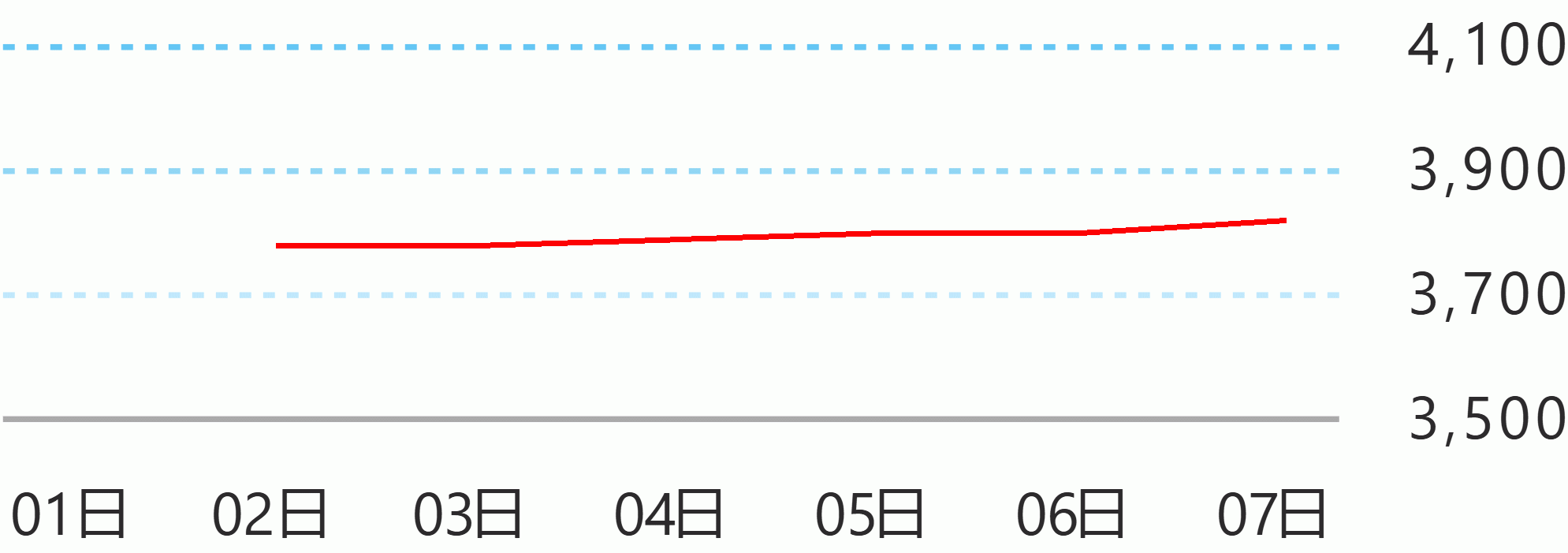Inflation jumped to 6.9 percent in September, the highest in nearly four years due to a higher food and non-alcoholic index, the Philippine Statistics Authority (PSA) said Wednesday.
Average inflation from January to September is now at 5.1 percent.
Inflation last August was at 6.3 percent.
The Bangko Sentral ng Pilipinas (BSP) said the 6.9 percent inflation rate is ''within the BSP’s forecast range of 6.6 to 7.4 percent, consistent with the BSP’s assessment of inflation remaining above target over the near term as price pressures broaden and signs of further adverse second-round effects emerge.''
The BSP said ''upside risks'' continue to dominate the inflation outlook in the near term.
''Price pressures could come from the potential impact of higher global non-oil prices, pending petitions for further transport fare hikes, the impact of weather disturbances on prices of food items, as well as the sharp increase in the price of sugar,''the BSP said.
The central bank said it is ''prepared to take further policy actions to bring inflation toward a target-consistent path over the medium term, consistent with its primary objective to promote price stability.''
''The BSP also continues to urge timely implementation of non-monetary government interventions to mitigate the impact of persistent supply-side pressures on commodity prices,'' it added.
The index for food and non-alcoholic beverages was at 7.4 percent, from 6.3 percent in August.
This was followed by housing, water, electricity, gas, and other fuels with 7.3 percent annual growth, from 6.8 percent in August, PSA added.
Also contributing to the uptrend in the overall inflation were the higher annual increases in the indices of the following commodity groups:
a. Alcoholic beverages and tobacco, 9.8 percent;
b. Clothing and footwear, 2.9 percent;
c. Furnishings, household equipment, and routine household maintenance, 3.5 percent;
d. Information and communication, 0.5 percent;
e. Recreation, sport, and culture, 2.7 percent;
f. Restaurants and accommodation services, 4.6 percent; and
g. Personal care, and miscellaneous goods and services, 3.4 percent.
Lower annual increments were observed in the indices of health at 2.4 percent; transport at 14.5 percent; and education services at 3.5 percent.
Core inflation, which excludes volatile food and energy items in the headline inflation, was lower at 4.5 percent in September , from 4.6 percent in August, PSA said.
Inflation for food at the national level rose to 7.7 percent in September from 6.5 percent in August .
The acceleration in the food inflation was primarily influenced by the positive annual growth rate in the index of vegetables, tubers, plantains, cooking bananas and pulses at 3.5 percent, from -2.7 percent in August.
Faster annual growth rates were also seen in the following food groups:
a. Rice, 2.4 percent;
b. Corn, 26.2 percent;
c. Flour, bread and other bakery products, pasta products, and other cereals, 9.0 percent;
d. Fish and other seafood, 9.1 percent;
e. Milk, other dairy products and eggs, 7.6 percent;
f. Oils and fats, 20.1 percent;
g. Sugar, confectionery and desserts, 30.2 percent; and
h. Ready-made food and other food products not elsewhere classified (n.e.c.), 6.7 percent.
Slower annual growth rates were observed in the indices of meat and other parts of slaughtered land animals at 9.0 percent; and fruits and nuts at 3.8 percent. DMS





 English
English









